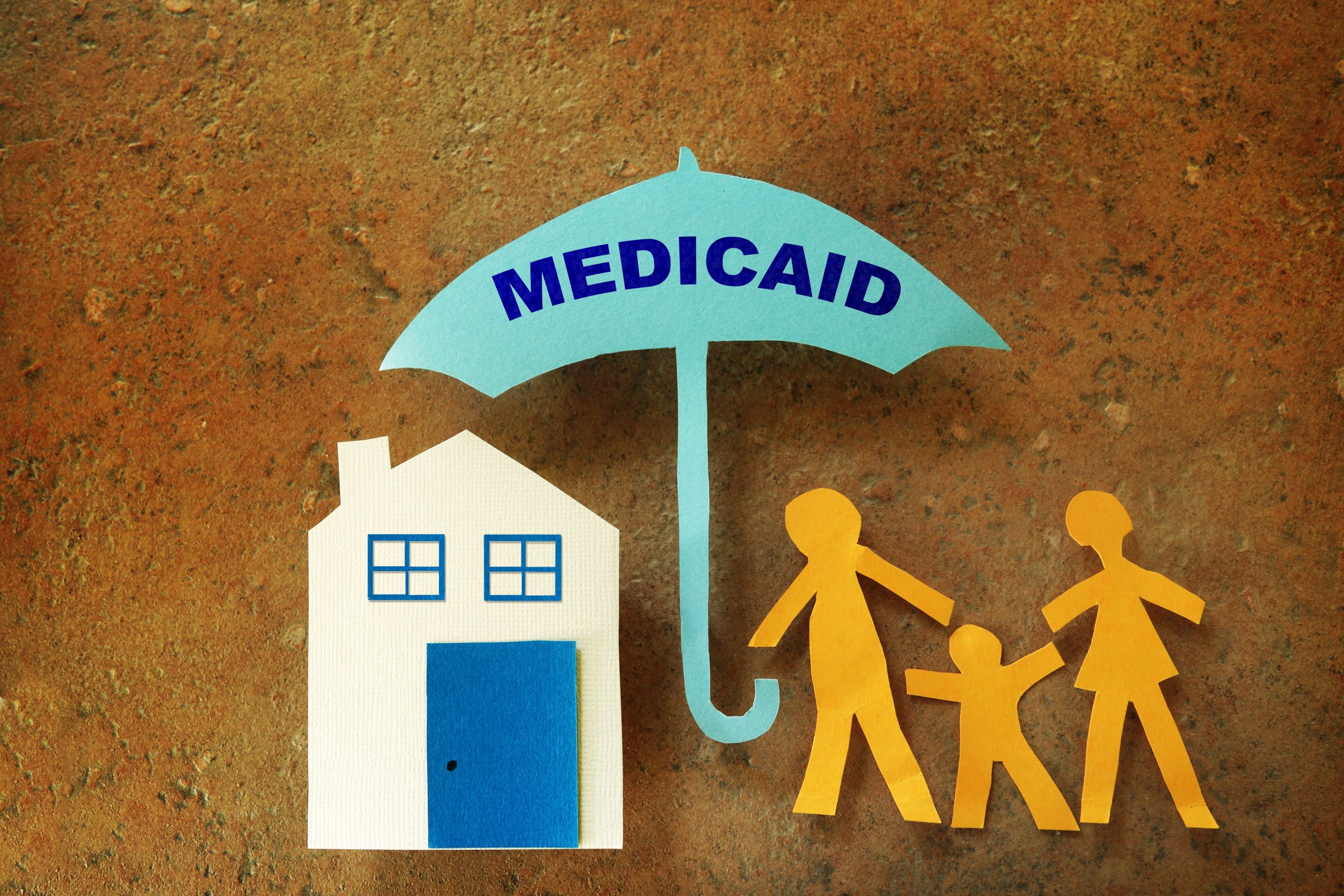A Brief History of Medicaid…and Where It’s Headed

Millions of people rely on Medicaid for their health care, but very few people understand its origins or why it was created in the first place. Medicaid offers a wide range of health coverage to people who fall beneath 133% of the poverty level and meet certain requirements according to the government’s guidelines. It began in the 1960s, and is slated to be around for many more years to come.
The Early Days of Medicaid
Before Medicaid was created, the Surgeon General of the U.S. suggested that there be some type of health coverage for those who received Social Security. This was back in 1937. The official Medicaid program, along with its sister program, Medicare, was not actually signed into law until 1965, as part of the Social Security Act. It was originally designed to offer people who were eligible for cash assistance a type of health care coverage, but has since expanded its coverage.
Expanding Medicaid Coverage
By the early 1970s, people who were living with permanent disabilities and those suffering from end-stage renal disease were included as recipients in Medicaid. In 1977, the Health Care Financing Administration was created specifically to handle Medicaid and Medicare plans. By 1983, Medicare was including payments to help cover hospice needs, ideally for those who wanted to live out their days at home instead of in a hospital. It was in 1986 that pregnant women were given the option of Medicaid if they were at 100% of the poverty level or more. By 1990, children from 6-18 years were being covered, along with finally covering some prescriptions for its recipients.
In 1995, Social Security and the Department of Health and Human Services split, each going their separate ways to keep people covered for their independent needs. In 1999, the expectation of work to receive Medicaid came up, and people receiving Medicaid needed to hold down consistent work. In the early 2000s, people started having different option levels for their coverage, paying small portions when their income rose without losing their benefits. Today, Medicaid covers those with many types of disabilities, women who are pregnant, those who require long-term assistance, and lower income families.
The Future of Medicaid
The future of Medicaid is a little uncertain, but now that it is a little over 50 years old, the government is trying to look at what is flawed about the program and fix it. Both federal and local governments are currently evaluating the issues that have been present in the program for years. Just recently, CMS ushered in new regulations that will force insurers to be more transparent and for hospitals to offer the highest quality care to their patients.
As Medicaid advocates, The Midland Group can help self-pay patients navigate the complex world of Medicaid. As the number of individuals dependent on Medicaid rises, so, too, does the need for someone to help low-income and uninsured patients to find the health care they need. Let The Midland Group guide your self-pay patients through this process with Medicaid advocacy services from our dedicated team of specialists. Contact us today to learn more!





